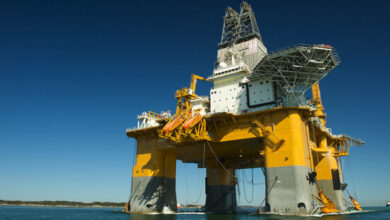Eni agrees to sell upstream assets in Alaska
Eni has signed a binding agreement with Hilcorp for the sale of 100% of the Nikaitchuq and Oooguruk assets owned by Eni in Alaska. Hilcorp is a private US company with extensive Alaska operating experience.
Proceeds are anticipated to come from three main sources: high-grading the upstream portfolio, diluting down high equity ownership exploration discoveries, and accessing new pools of capital via Eni’s satellite strategy to support the growth of its transition businesses.
The closing of this transaction is subject to appropriate regulatory approvals and other customary terms and conditions. The value of the transaction will be announced upon its closing.




